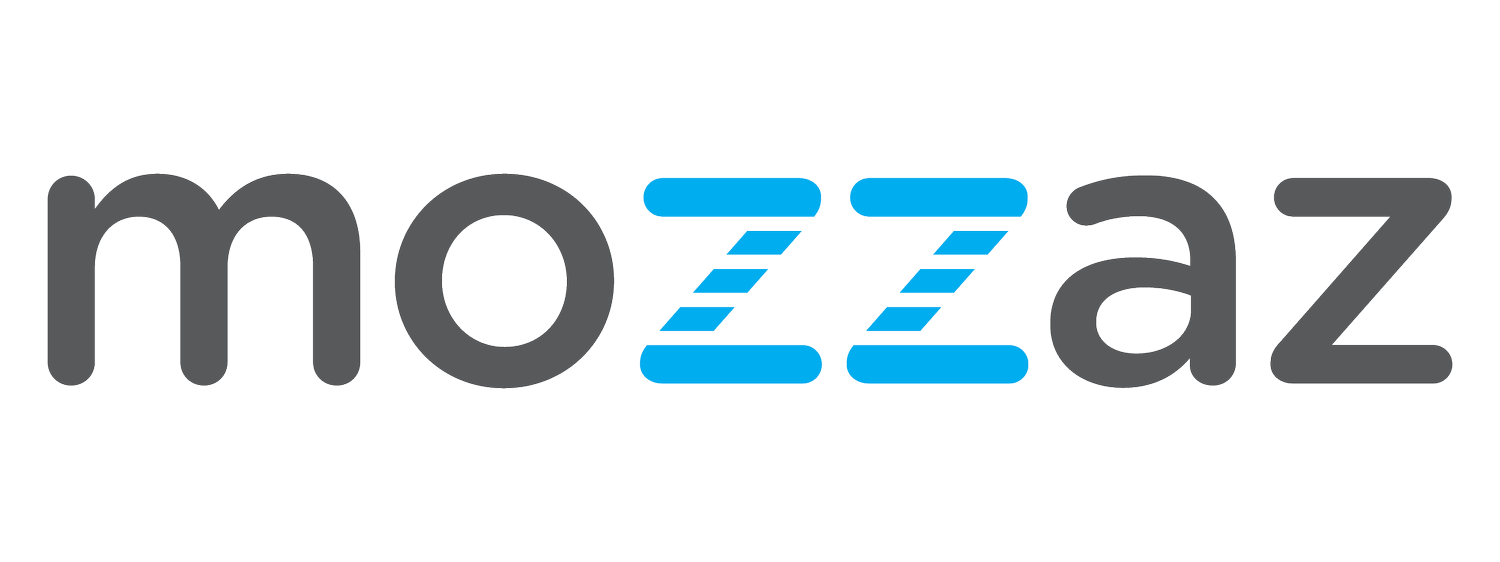Remote Patient Monitoring For Chronic Care
Generally incurable and ongoing, chronic diseases impact 60% of adults in the US, and 4 in 10 Americans have two or more chronic diseases (1). The prevalence of chronic diseases calls for a considerable number of resources and accounts for more than 75% of all healthcare costs (2). Remote patient monitoring and chronic care management are distinct solutions in the eyes of CMS, but they share a common goal to help those with chronic diseases manage their conditions for higher quality lives. Advancements in technology for both remote patient monitoring and chronic care management gives clinicians the ability to give these patients the time and attention they need to improve the trajectory of their disease progression with more convenient and cost-effective digital tools.
Remote Patient Monitoring (RPM) for Chronic Diseases
Remote patient monitoring for chronic disease management is one of the most popular applications of RPM solutions, and rightfully so. RPM allows clinicians to continuously monitor their patients’ conditions and make timely interventions to avoid adverse events. Patients are given devices that are specific to their chronic disease and the data collected is electronically submitted to their provider in real-time.
Patient applications allow for the collection of additional insights like symptoms via digital surveys. All available data streams are aggregated into easy-to-read reports giving providers a holistic and comprehensive picture of a person’s health and how it improves or declines in relation to their treatment plan, medications, and daily lifestyle behaviors. RPM drives data-backed conversations, informs care management decisions, and makes chronic disease patients feel supported.
Chronic Care Management (CCM)
Chronic care management leverages telehealth services to support high-value programs, especially for patients with two or more chronic diseases. While remote patient monitoring (RPM) is a great tool for chronic disease management, chronic care management (CCM) refers more to a program which may include RPM services. Chronic care management programs aim to give patients a better understanding of their condition and monitor it closely as it progresses.
CCM is a critical contribution to bettering health outcomes and care for individuals, helping patients and providers to identify concerning trends before they become more serious or debilitating. With these goals in mind, it is easy to see how a remote patient monitoring solution is a good fit as a part of a chronic care management program. Combining RPM with virtual touch points and digital care plans is proven to help with condition management and care plan adjustments.
Benefits and Outcomes
A comprehensive solution for remote patient monitoring and chronic care management offers tons of shared benefits for healthcare organizations and their chronic disease patients. A successful program enables providers to:
Deliver personalized treatment plans to patients, digitally
Facilitate medication management
Increase patient engagement and adherence
Coordinate seamlessly across care team members
Receive meaningful insights for a holistic view of a patient’s health
Gain real-time access to data for timely interventions
Reduce readmissions and ED utilization by helping patients manage their conditions at home
Increase CMS reimbursement for both RPM and CCM billing
As a leader in virtual care technology, Mozzaz can quickly deploy a unified remote patient monitoring and chronic care management solution that has complete interoperability with other existing clinical systems, like EHRs. Mozzaz’s proven solutions, like our care management app for CVS Accordant’s rare disease patients, are providing seamless experiences for clinicians and improving quality of life for chronic disease patients. To learn how our solutions could be a good fit for you and your patients, get in touch today.
References
(1) Chronic Diseases in America. (2021). CDC. Retrieved from https://www.cdc.gov/chronic-disease/
(2) About Chronic Diseases (2020). National Health Council. Retrieved from AboutChronicDisease.pdf (nationalhealthcouncil.org)

